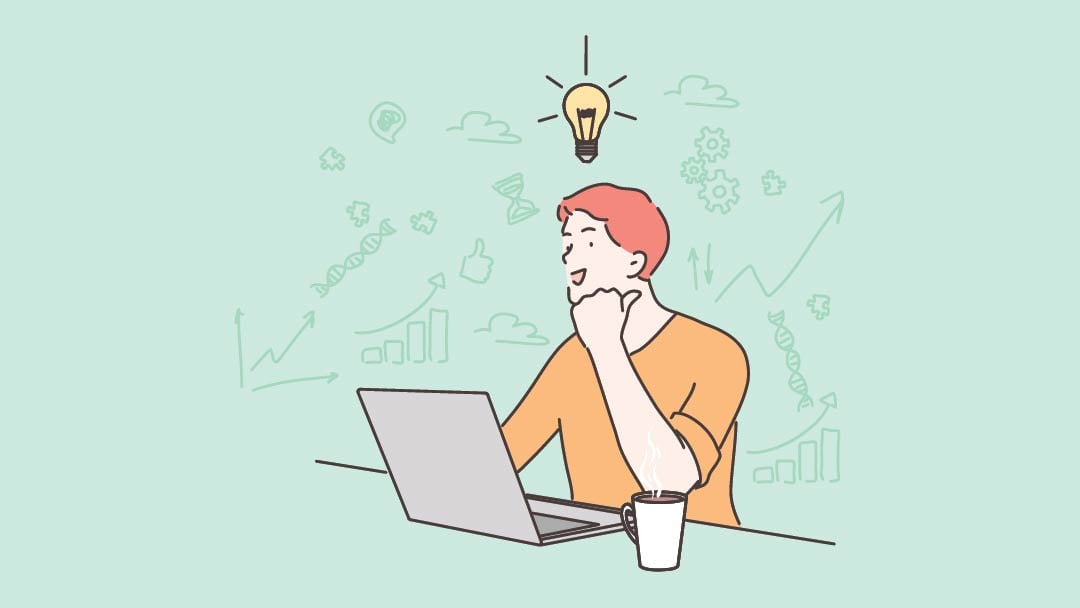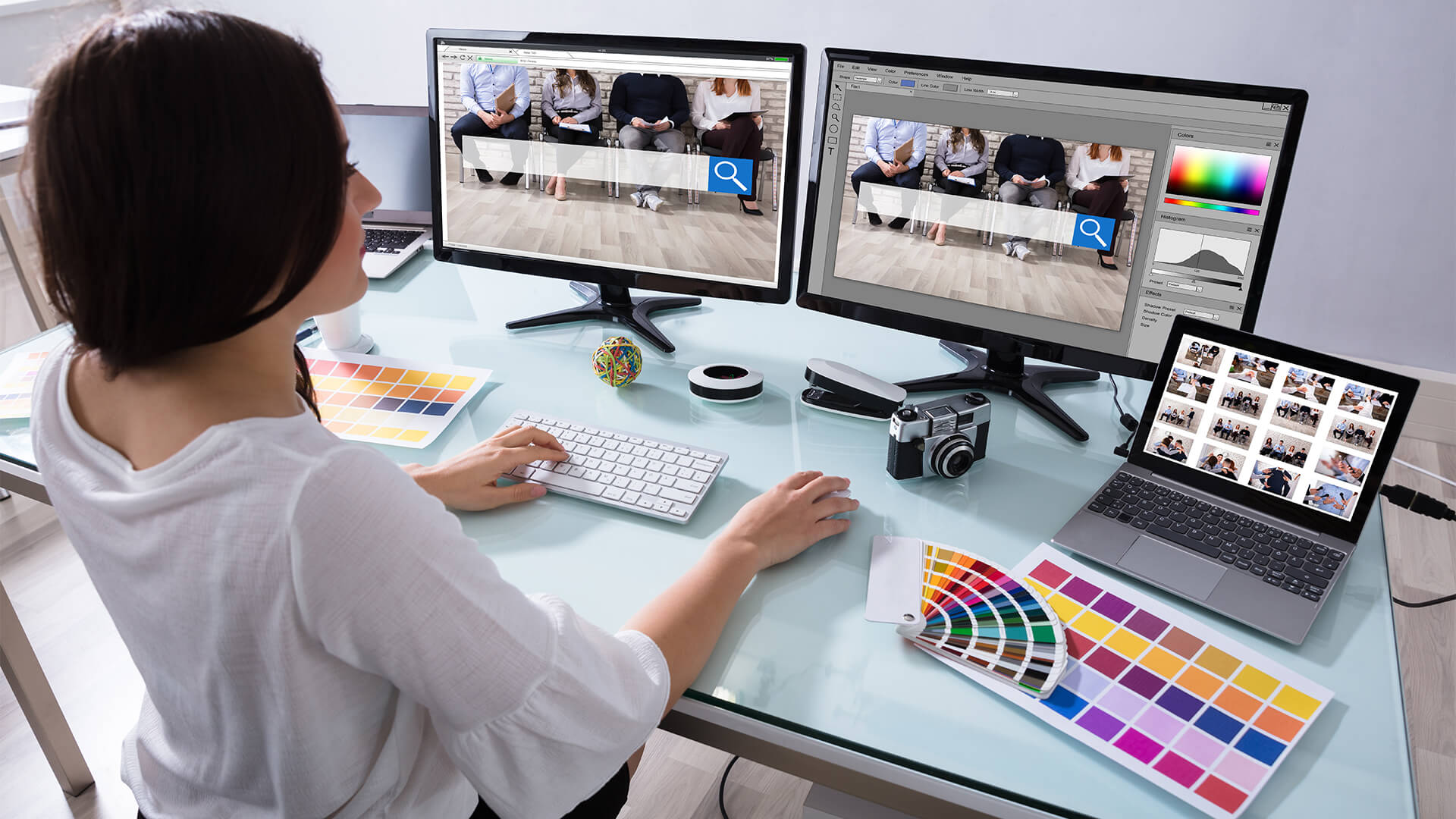All Categories
Featured
Table of Contents
- – Responsive Web Design - A List Apart Tips and ...
- – The Top Ecommerce, Website Design ... - Seatt...
- – Web Design Scholarship - Nyc Digital Marketin...
- – Otc Web Design Girdwood, Alaska - Web Design ...
- – Custom Website Design And Marketing - Inmotio...
- – Web Developers And Digital Designers - Bureau...
- – The Leader In Website Design – Squarespace T...
- – Learn Web Design With Online Courses, Classe...
- – The Top 10 Most Important Elements Of A Webs...
- – Web Design Definition - Techterms Tips and T...
- – Web Design Certificate - Web Development Cer...
Responsive Web Design - A List Apart Tips and Tricks:
Quick summary Use and the energy, not the visual design, determine the success or failure of a website. Since the visitor of the page is the only individual who clicks the mouse and for that reason decides whatever, user-centric design has developed as a standard approach for effective and profit-oriented website design - web design frederick md.
and the energy, not the visual style, identify the success or failure of a site. Because the visitor of the page is the only individual who clicks the mouse and for that reason chooses everything, user-centric style has ended up being a standard approach for effective and profit-oriented web design. After all, if users can't utilize a feature, it might also not exist.
g. where the search box need to be positioned) as it has currently been done in a number of articles; instead we focus on the approaches which, utilized correctly, can cause more sophisticated style decisions and simplify the process of viewing provided details. Please notice that you may be interested in the usability-related short articles we've released before: Principles Of Great Site Style And Efficient Web Design Guidelines, In order to use the principles properly we initially require to understand how users engage with websites, how they believe and what are the standard patterns of users' habits.
The Top Ecommerce, Website Design ... - Seattle Tips and Tricks:
Visitors glimpse at each new page, scan some of the text, and click on the first link that catches their interest or vaguely looks like the important things they're searching for. In fact, there are large parts of the page they don't even take a look at. A lot of users browse for something interesting (or helpful) and clickable; as quickly as some promising candidates are discovered, users click.
If a page offers users with premium content, they want to compromise the content with advertisements and the style of the website. This is the reason not-that-well-designed sites with high-quality content gain a lot of traffic over years. Content is more crucial than the style which supports it.

Users do not read, they scan. Notice how "hot" areas abrupt in the middle of sentences. This is normal for the scanning procedure. Very easy concept: If a site isn't able to fulfill users' expectations, then designer stopped working to get his task done correctly and the company loses cash. The higher is the cognitive load and the less user-friendly is the navigation, the more ready are users to leave the site and search for options.
Web Design Scholarship - Nyc Digital Marketing Agency Tips and Tricks:
Neither do they scan web page in a direct fashion, going sequentially from one site area to another one. Instead users satisfice; they choose the first reasonable alternative. As quickly as they discover a link that looks like it might lead to the goal, there is an excellent chance that it will be instantly clicked.
It does not matter to us if we understand how things work, as long as we can utilize them. If your audience is going to imitate you're developing billboard, then style fantastic billboards." Users wish to be able to manage their internet browser and depend on the consistent information discussion throughout the website.
If the navigation and site architecture aren't instinctive, the number of question marks grows and makes it harder for users to comprehend how the system works and how to get from point A to point B. A clear structure, moderate visual clues and quickly identifiable links can assist users to find their path to their goal.
Otc Web Design Girdwood, Alaska - Web Design & Google ... Tips and Tricks:

Considering that users tend to explore websites according to the "F"-pattern, these three statements would be the first elements users will see on the page once it is loaded. The style itself is easy and intuitive, to comprehend what the page is about the user needs to search for the answer.
Once you have actually attained this, you can interact why the system is beneficial and how users can benefit from it. People won't utilize your web site if they can't find their way around it. 2. Do Not Waste Users' Perseverance, In every project when you are going to provide your visitors some service or tool, attempt to keep your user requirements minimal.
Novice visitors are prepared to, not filling long web types for an account they might never utilize in the future. Let users check out the site and discover your services without requiring them into sharing personal information. It's not sensible to force users to enter an e-mail address to check the function.
Custom Website Design And Marketing - Inmotion Hosting Tips and Tricks:
And that's what you want your users to feel on your web website. The registration can be done in less than 30 seconds as the kind has horizontal orientation, the user does not even need to scroll the page.
A user registration alone suffices of an obstacle to user navigation to cut down on incoming traffic. 3. Manage To Focus Users' Attention, As sites supply both fixed and dynamic material, some elements of the interface draw in attention more than others do. Undoubtedly, images are more distinctive than the text simply as the sentences marked as bold are more appealing than plain text.
Focusing users' attention to particular locations of the site with a moderate usage of visual elements can help your visitors to get from point A to point B without thinking of how it actually is expected to be done. The less enigma visitors have, the they have and the more trust they can develop towards the business the site represents.
Web Developers And Digital Designers - Bureau Of Labor ... Tips and Tricks:
Aim For Function Direct exposure, Modern web designs are normally slammed due to their technique of directing users with visually appealing 1-2-3-done-steps, big buttons with visual impacts etc. From the style point of view these components really aren't a bad thing.
The website has 9 primary navigation options which are visible at the very first glimpse. What matters is that the content is well-understood and visitors feel comfortable with the method they engage with the system.
Rather a rate: simply what visitors are looking for. An optimum solution for effective writing is touse brief and succinct phrases (come to the point as quickly as possible), use scannable design (classify the material, utilize numerous heading levels, use visual components and bulleted lists which break the circulation of uniform text blocks), use plain and unbiased language (a promo doesn't need to sound like advertisement; give your users some sensible and unbiased reason why they need to utilize your service or remain on your website)6.
The Leader In Website Design – Squarespace Tips and Tricks:
Users are rarely on a website to take pleasure in the style; in addition, in many cases they are searching for the information regardless of the design - web design frederick md. Pursue simpleness instead of complexity. From the visitors' perspective, the very best website style is a pure text, without any advertisements or further material blocks matching precisely the question visitors used or the content they've been trying to find.
Finch plainly provides the information about the site and offers visitors an option of options without overcrowding them with unnecessary material. 7. Don't Be Afraid Of The White Area, In fact it's actually tough to overestimate the significance of white space. Not only does it help to for the visitors, but it makes it possible to view the information provided on the screen.
Complex structures are more difficult to read, scan, evaluate and deal with. If you have the option between separating two design sections by a noticeable line or by some whitespace, it's typically much better to use the whitespace solution. (Simon's Law): the better you handle to provide users with a sense of visual hierarchy, the easier your material will be to view.
Learn Web Design With Online Courses, Classes, & Lessons Tips and Tricks:
The exact same conventions and guidelines must be applied to all elements.: do the most with the least amount of hints and visual elements. 4 major indicate be thought about: simpleness, clearness, distinctiveness, and focus. Simplicity consists of only the components that are most important for interaction. Clearness: all components need to be designed so their meaning is not uncertain.
Conventions Are Our Buddies, Standard design of website components does not result in a boring web site. It would be an use problem if all websites had different visual presentation of RSS-feeds.
comprehend what they're anticipating from a website navigation, text structure, search placement etc. A normal example from use sessions is to equate the page in Japanese (presuming your web users don't understand Japanese, e. g. with Babelfish) and provide your functionality testers with a task to discover something in the page of different language.
The Top 10 Most Important Elements Of A Website Design Tips and Tricks:
Steve Krug suggests that it's much better to, however take benefits of conventions when you don't. 10. Test Early, Test Often, This so-called TETO-principle ought to be used to every website design task as functionality tests often supply into considerable issues and concerns related to a given design. Test not too late, not too little and not for the wrong factors.
Some essential points to bear in mind: according to Steve Krug, and testing one user early in the project is much better than testing 50 near the end. Accoring to Boehm's very first law, mistakes are most frequent throughout requirements and style activities and are the more expensive the later they are gotten rid of.
That indicates that you design something, test it, repair it and after that check it again. There might be issues which haven't been discovered throughout the preliminary as users were virtually blocked by other problems. use tests. Either you'll be indicated the problems you have or you'll be indicated the lack of major design flaws which remains in both cases a beneficial insight for your project.
Web Design Definition - Techterms Tips and Tricks:

This holds for designers too. After you've dealt with a site for few weeks, you can't observe it from a fresh viewpoint any longer. You understand how it is built and for that reason you understand precisely how it works you have the knowledge independent testers and visitors of your website wouldn't have.
It can be connected to other areas such as graphic style, user experience, and multimedia arts, however is more appropriately seen from a technological viewpoint. It has become a big part of individuals's daily lives. It is difficult to picture the Web without animated graphics, different designs of typography, background, videos and music.

Throughout 1991 to 1993 the Internet was born. Text-only pages might be seen utilizing an easy line-mode web browser. In 1993 Marc Andreessen and Eric Bina, developed the Mosaic internet browser. At the time there were multiple internet browsers, however most of them were Unix-based and naturally text heavy. There had actually been no integrated approach to graphic style aspects such as images or sounds.
Web Design Certificate - Web Development Certificate Program Tips and Tricks:
The W3C was produced in October 1994 to "lead the Internet to its full capacity by developing typical protocols that promote its advancement and guarantee its interoperability." This discouraged any one business from monopolizing a propriety web browser and programming language, which might have altered the effect of the World Wide Web as a whole.
As this has taken place the innovation of the web has also proceeded. There have likewise been substantial modifications in the method individuals use and access the web, and this has actually altered how websites are developed. Since completion of the web browsers wars [] brand-new browsers have been released. Much of these are open source implying that they tend to have much faster advancement and are more supportive of new standards.
Learn more about Lovell Media Group LLC or TrainACETable of Contents
- – Responsive Web Design - A List Apart Tips and ...
- – The Top Ecommerce, Website Design ... - Seatt...
- – Web Design Scholarship - Nyc Digital Marketin...
- – Otc Web Design Girdwood, Alaska - Web Design ...
- – Custom Website Design And Marketing - Inmotio...
- – Web Developers And Digital Designers - Bureau...
- – The Leader In Website Design – Squarespace T...
- – Learn Web Design With Online Courses, Classe...
- – The Top 10 Most Important Elements Of A Webs...
- – Web Design Definition - Techterms Tips and T...
- – Web Design Certificate - Web Development Cer...
Latest Posts
Web Design And Development - Invision Tips and Tricks:
Web Design Icon:
Web Design Studio & Digital Marketing Agency • Gravitate Tips and Tricks:
More
Latest Posts
Web Design And Development - Invision Tips and Tricks:
Web Design Icon:
Web Design Studio & Digital Marketing Agency • Gravitate Tips and Tricks: